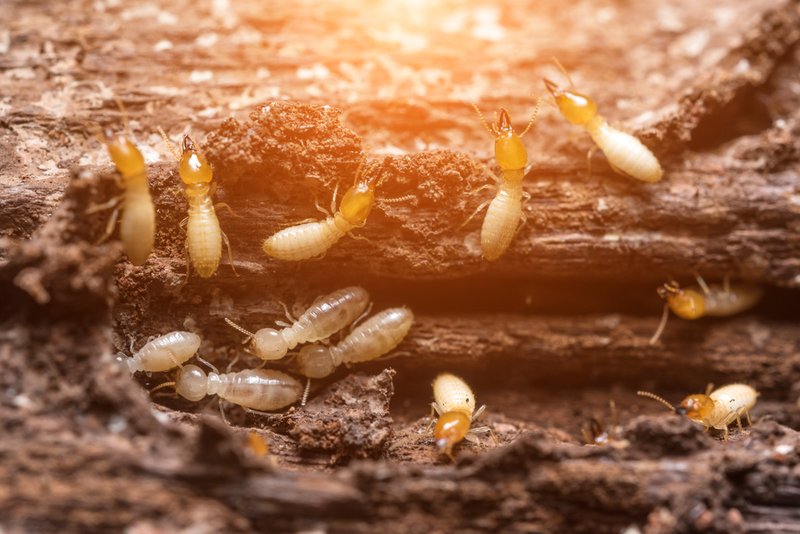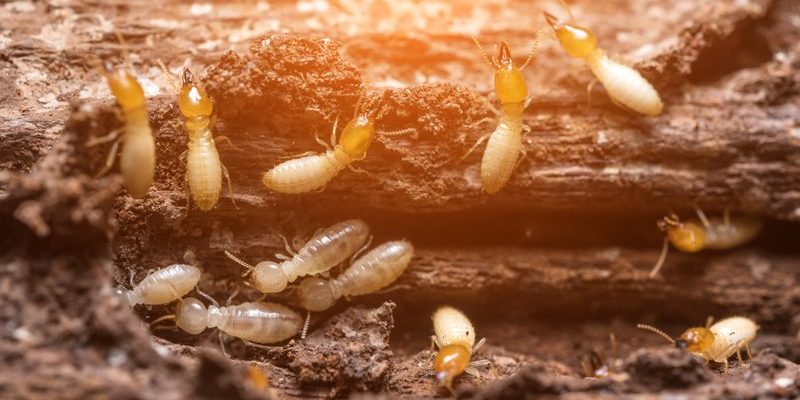
Scientists have approached the study of termites from various angles. Some focus on their ecological impact, while others delve into their behavioral patterns or even how certain species communicate. Understanding termites not only helps in managing pest control but also sheds light on broader environmental dynamics. Let’s dive deeper into how scientists study these remarkable insects and what we’re learning from them.
1. The Importance of Studying Termites
You might be wondering why scientists bother with termites when they could easily focus on larger and more noticeable animals. Here’s the thing: termites are essential players in their ecosystems. They help decompose dead plant material, returning nutrients to the soil, which supports plant growth. Think of them as nature’s recyclers.
By studying termites, researchers can assess the health of ecosystems. If termite populations fluctuate dramatically, it may indicate underlying issues within their habitat, such as climate changes or the introduction of invasive species. Their interactions with other organisms also reveal much about biodiversity, making them key players in ecological research.
Plus, termites’ intricate social structures mimic complex systems seen in larger animals, making them a valuable model for studying social behaviors. From understanding cooperation to exploration, termites offer insights that can translate into other areas, including human society.
2. Research Methods in Studying Termites
Scientists use various methods to study termites, each designed to unravel different aspects of their lives. One common approach is observing them in their natural habitats. Researchers may set up observation stations in woods or grasslands to watch how termites interact with their environment.
Another effective method is laboratory experiments. By bringing termites into controlled environments, scientists can manipulate variables to see how they respond. For example, they might change the temperature or humidity to study how these factors influence their behavior. These experiments often provide valuable insights that field observations alone cannot.
Genetic studies have also gained traction in recent years. By analyzing termite DNA, scientists can trace evolutionary histories and relationships among species. This genetic approach has led to surprising discoveries about how different termite colonies diverged over time and adapted to their environments.
3. Social Structure and Behavior
Termite colonies are fascinating social structures. They consist of various castes, including workers, soldiers, and reproductive individuals. This division of labor is a key area of study for scientists. Workers handle the day-to-day tasks, including foraging and nest maintenance, while soldiers protect the colony.
Researchers often observe how these castes interact and cooperate. For instance, level of communication among castes is remarkable. Termites use pheromones—chemical signals—to relay messages about food or threats. Scientists study this communication to understand how termites make group decisions and work towards common goals.
One intriguing aspect is how termite colonies communicate with their environment. When they encounter a food source, they leave a pheromone trail back to the colony, guiding others to the feast. This teamwork is not just impressive; it’s a vital survival strategy. Understanding these interactions can inform studies in social behavior, including human teamwork.
4. Termites and Ecosystem Engineering
Here’s a fun fact: termites are often called “ecosystem engineers.” But what does that mean? Well, by tunneling through soil and breaking down wood, they create nutrient-rich environments that benefit other organisms. Their activities help aerate the soil, allowing water and nutrients to penetrate deeper.
Scientists study these roles to see how termites influence plant growth and soil health. For example, in arid environments, termite mounds can create small oases of fertility. They gather organic material and create microhabitats that support various life forms, from plants to other insects.
This ecological engineering is critical in understanding climate change impacts as well. As termites help sequester carbon in the soil, studying their populations can reveal how changes in their behaviors or numbers might affect larger climate phenomena.
5. Termites in Pest Control and Agriculture
While termites can be pests—especially when they invade homes—they can also be beneficial in agriculture. Scientists are exploring ways to harness their natural behaviors for pest control. For instance, some researchers study how certain termite species can help break down harmful agricultural waste, enhancing soil health.
In pest management, understanding how termites interact with other insects can lead to innovative solutions. For example, if termites can outcompete harmful pests, they could potentially serve as a natural form of pest control.
Moreover, by studying termites’ feeding habits, scientists are looking into ways to promote beneficial species while minimizing damage from harmful ones. It’s all about finding that balance and using termites’ natural tendencies to our advantage.
6. The Future of Termite Research
As technology advances, the future of termite research holds exciting possibilities. High-tech tools, like drones and remote sensing technology, are now being employed to study termite populations from above. This aerial approach allows scientists to monitor large areas for changes in habitat and termite behavior without disturbing them.
Another frontier is the genetic manipulation of termites. Some researchers are exploring the potential of modifying termite DNA to create less destructive species. While this area raises ethical questions, it could lead to significant advancements in pest control strategies and ecological management.
Finally, interdisciplinary research is becoming more prominent. By collaborating with ecologists, geneticists, and even engineers, scientists can create comprehensive studies that dive deeper into the mysteries of termites. This holistic approach could unlock solutions for various environmental issues, ranging from soil health to climate change.
In conclusion, studying termites is not just about understanding a small bug; it’s about unlocking secrets that impact entire ecosystems. Their social structures, ecological roles, and behaviors provide a wealth of information for scientists. As research continues, who knows what other fascinating insights we’ll gain about these remarkable insects? Whether it’s pest control, soil health, or biotechnology, termites are sure to play a pivotal role in future discoveries.

